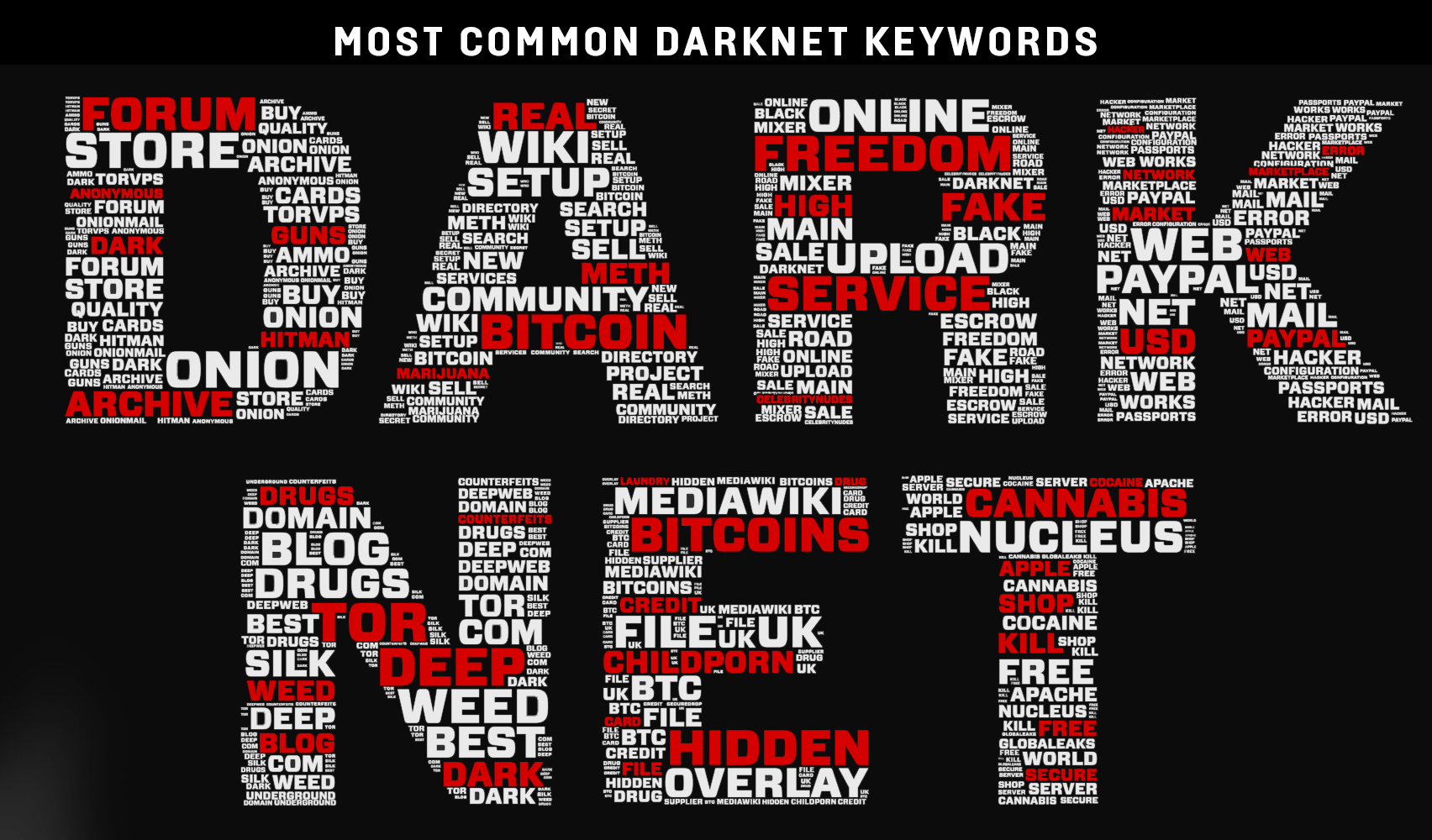
The Darknet is the seedy underbelly of the internet. It's where hackers, criminals and perverts hide their illicit online behavior. Prior to being embraced by the dark side it was created to serve more altruistic goals of allowing people to use the internet anonymously. It still serves that goal quite well. Use it how you want I'm not here to judge, I'm here to tell you how to access it and start finding hidden sites on any topic.
The Darknet runs on something called Tor an open source project designed specifically to hide information on your identity through a process called onion routing. That is why all Darknet websites use the top level domain name .onion. If you ever see a link somewhere that looks like http://somewebsite.onion that is a Tor/Darknet address and it won't work unless you are connected to the Tor network.

From Tor:
The Tor software protects you by bouncing your communications around a distributed network of relays run by volunteers all around the world: it prevents somebody watching your Internet connection from learning what sites you visit, it prevents the sites you visit from learning your physical location, and it lets you access sites which are blocked.The Tor Browser lets you use Tor on Windows, Mac OS X, or Linux without needing to install any software. It can run off a USB flash drive, comes with a pre-configured web browser to protect your anonymity, and is self-contained (portable).
Alright so how do you access it?
The easiest way is to use something called the Tor Browser you can download them from TorProject.org or use one of these links: Windows - Mac OS X - Linux
Here are the official install instructions from TorProject.org
Mac OS X Instructions
Download the file above, save it somewhere, then click on it. This opens the .dmg file. Drag the included file into your Applications folder and you will have a Tor Browser application in your chosen language that you can pin on your Dock.
Linux Instructions
Download the architecture-appropriate file above, save it somewhere, then run one of the following two commands to extract the package archive:
tar -xvJf tor-browser-linux32-6.0.4_LANG.tar.xz
or (for the 64-bit version):
tar -xvJf tor-browser-linux64-6.0.4_LANG.tar.xz
(where LANG is the language listed in the filename).
Once that's done, switch to the Tor browser directory by running:
cd tor-browser_LANG
(where LANG is the language listed in the filename).
To run Tor Browser, click either on the Tor Browser or the Tor Browser Setup icon or execute the start-tor-browser.desktop file in a terminal:
./start-tor-browser.desktop
This will launch Tor Launcher and once that connects to Tor, it will launch Firefox. Do not unpack or run TBB as root.
Windows Instructions
Download the file above, and save it somewhere, then double click on it. (1) Click "Run" then choose the installer's language and click OK (2). Make sure you have at least 80MB of free disk space in the location you select. If you want to leave the bundle on the computer, saving it to the Desktop is a good choice. If you want to move it to a different computer or limit the traces you leave behind, save it to a USB disk.
Click Install (3) Wait until the installer finishes. This may take a few minutes to complete.
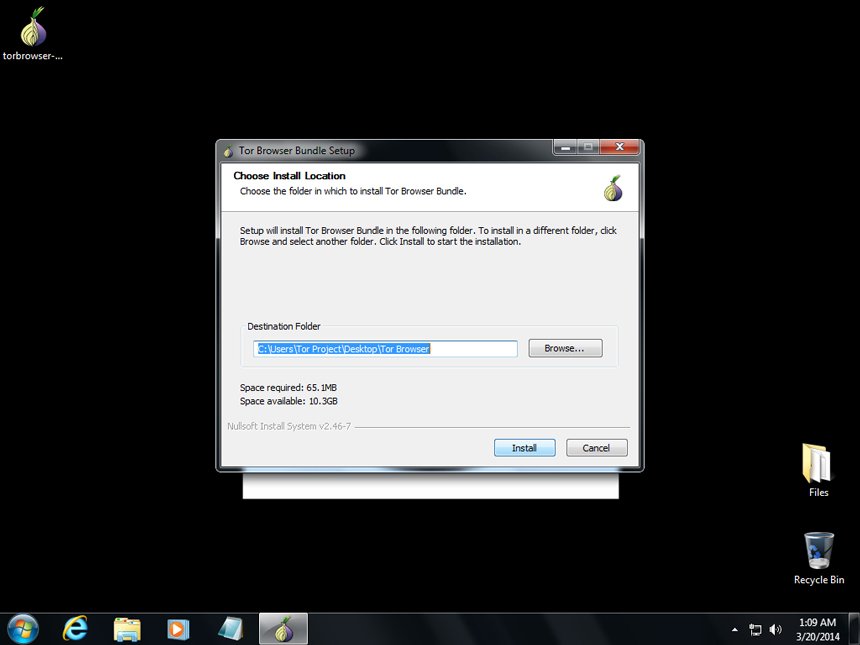
Once the installation is complete, click Finish to launch Tor Browser's wizard.
Once you see Tor Browser's wizard click Connect
Alternatively, you can launch Tor Browser by going to the folder Tor Browser which can be found at the location you saved the bundle at (Default: Desktop) and double click on the Start Tor Browser application.
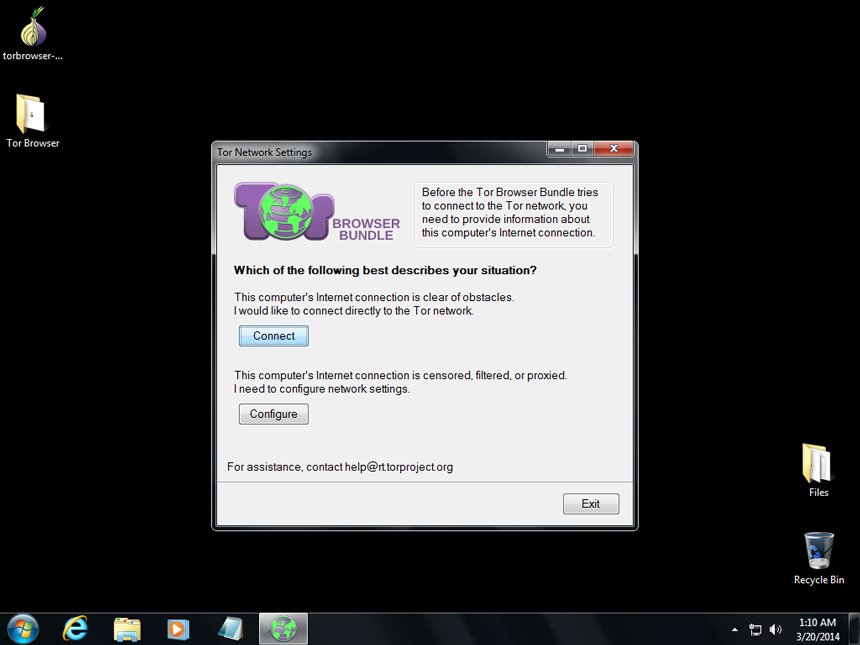
Once Tor is ready, Tor Browser will automatically be opened. Only web pages visited through Tor Browser will be sent via Tor. Other web browsers such as Internet Explorer are not affected.
Once you are finished browsing, close any open Tor Browser windows by clicking on the Close button (×) (6). For privacy reasons, the list of web pages you visited and any cookies will be deleted.
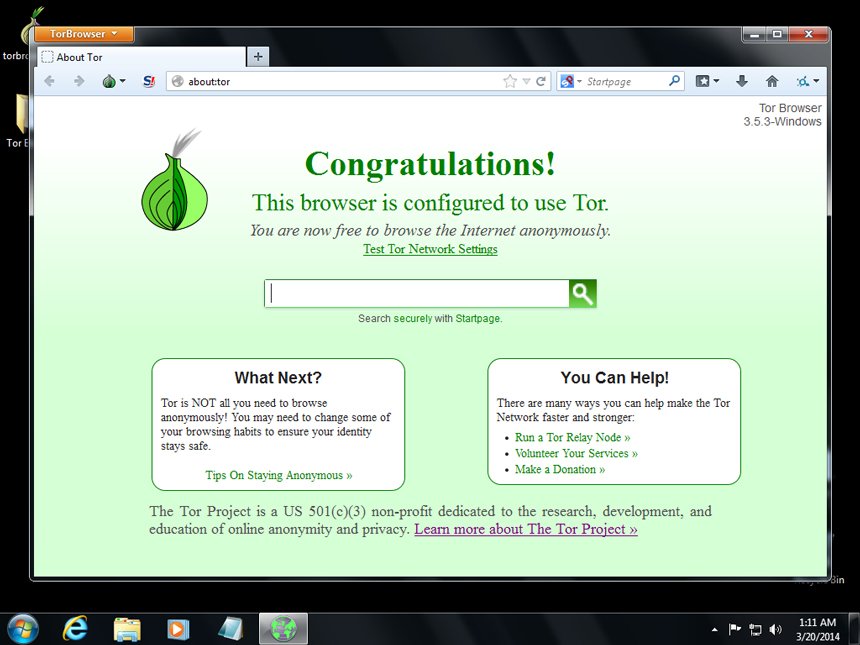
To use the Tor Browser again, double click on the "Start Tor Browser" application.
Remember that Tor anonymizes the origin of your traffic, and it encrypts everything inside the Tor network, but it can't encrypt your traffic between the Tor network and its final destination. If you are communicating sensitive information, you should use as much care as you would on the normal scary Internet — use HTTPS or other end-to-end encryption and authentication.
I'm connected now what?
For security reasons it is advised that you disable javascript by default
Click the S icon in the top left corner of the browser 
The problem with the hidden web, is well... that it's hidden. Just finding things isn't quite as easy and damn near impossible if someone doesn't want to be found. Luckily there are a great many websites servicing the Darknet that do want to be found.
The best place to start is something called The Hidden Wiki and it can even be access over the clearnet (that's just hacker lingo for the normal internet). You can see many sites listed here: https://thehiddenwiki.org/
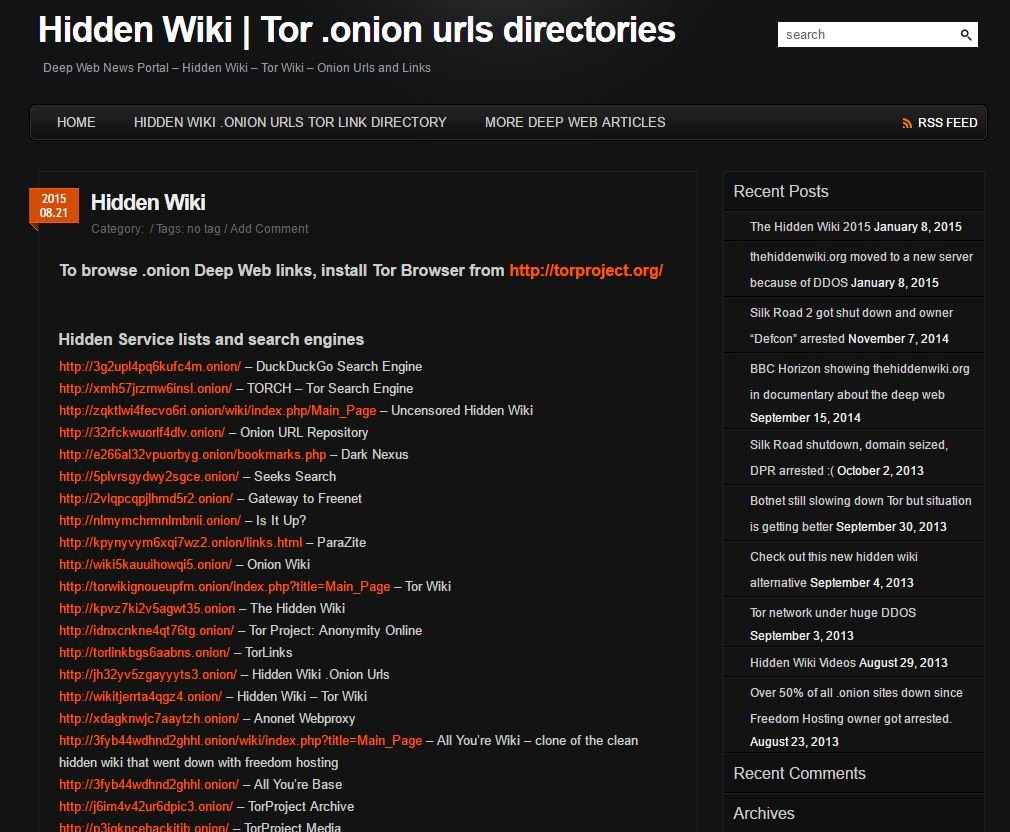
The thing is though even that list of naughty sites is a little bit sanitized if you are looking for completely uncensored information about sites on the Darknet you need to visit: http://gxamjbnu7uknahng.onion
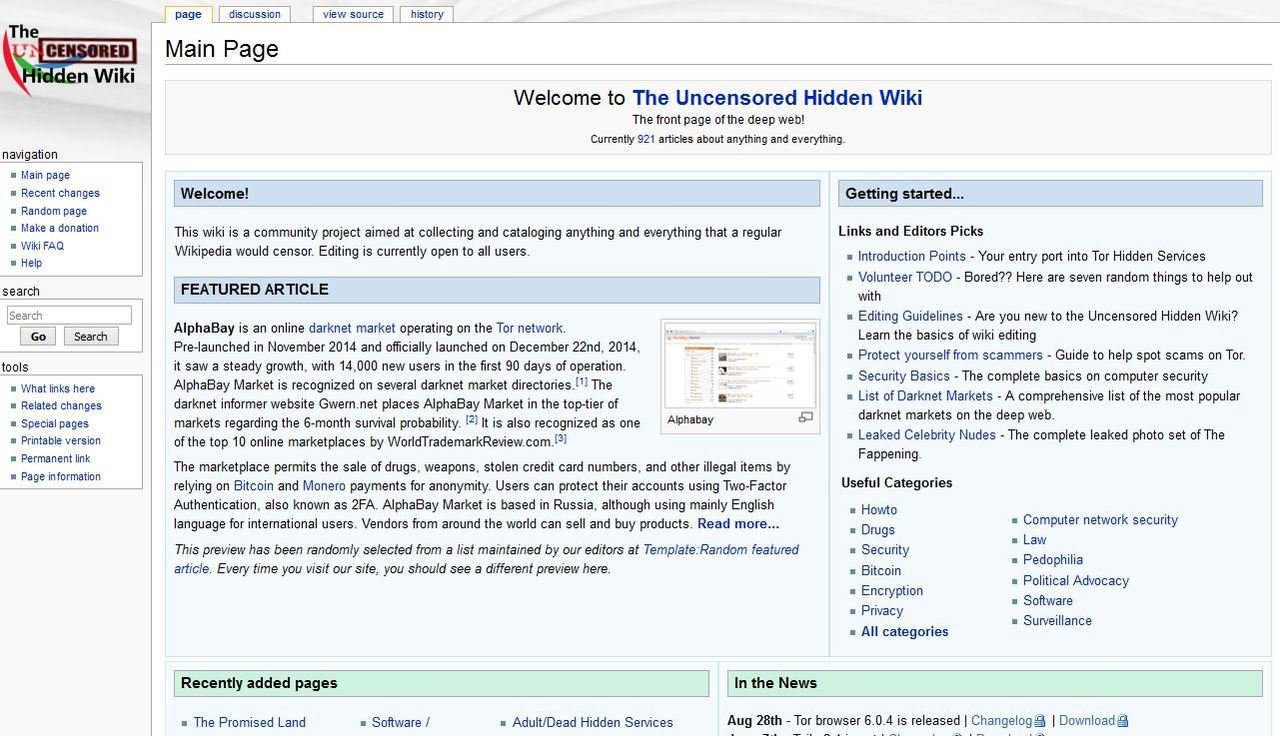
If you are looking for Darknet search engine head on over to: http://onion.link/ or https://hss3uro2hsxfogfq.onion.to/
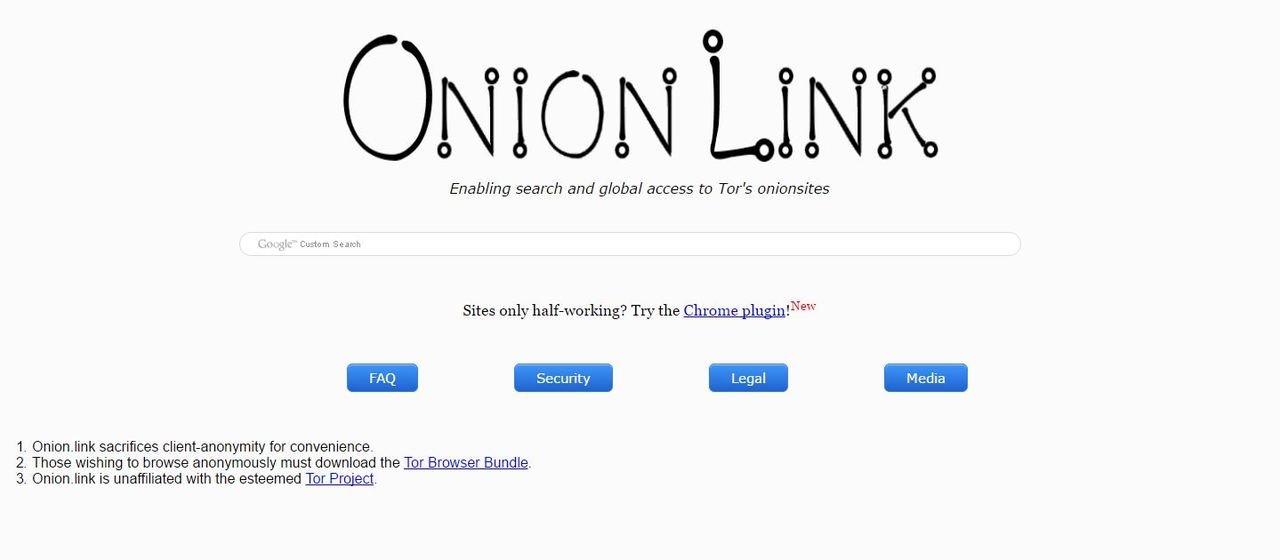
Alright you've done it! You are now surfing the Darknet and also any websites you visit in the Tor browser will not know your real identity even if they aren't on the Darknet. Enjoy!
Images sources: vocativ.com, torproject.org

